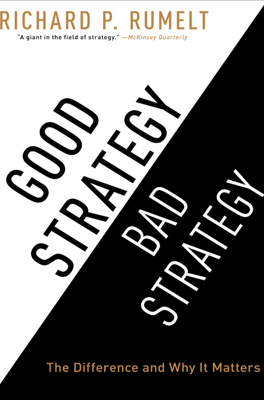Chain-Link Systems
Chain-Link Logic in Systems
The concept of a "chain-link" system highlights that the performance of such a system is crippled by its weakest link; thus, improving only the stronger components while neglecting the weakest does not enhance overall performance.
Case Illustration: Challenger Disaster
The Challenger space shuttle disaster exemplifies the chain-link dynamics, where the failure of a simple component like an O-ring led to catastrophic results despite the otherwise robust design and technology of the shuttle.
- Strengthening other system components (like the engines or communication systems) would have been futile if the O-ring was not reliable.
Quality and Its Impact
Quality becomes crucial in situations where quantity or duplication isn't feasible. For instance, the skill of a three-star chef can't be replicated by multiple lower-skilled cooks.
Diagnosing Potential in Properties
Understanding and identifying the limiting factors is essential in evaluating a property's potential:
- Factors within control (like interior aesthetics) can be managed, while external ones (like noise from a nearby highway) are immutable and cap potential improvements.
System Stagnation in Organizations
Organizations and economies may become inefficient due to the separated management of interdependent units (“links”).
- Improving one link without simultaneous enhancements across other links can increase expenses without overall systemic betterment, thus discouraging investment in individual improvements.
Unsticking Chain-Linked Systems
Understanding and addressing "quality matching" in chain-linked systems is key to navigating their inherent improvement resistance.
- General Motors from 1980-2008 exemplifies an organizational chain-link structure where isolated improvements were fruitless due to systemic interdependencies among vehicle components.
Transformative Leadership in Chain-Linked Contexts
Effective management of chain-linked systems requires cohesive and directed leadership to focus on all critical links sequentially or simultaneously.
- Marco Tinelli’s turnaround of his family’s machinery company illustrates this: success was achieved through focused campaigns addressing quality, sales competency, and cost efficiency in phases instead of isolating efforts to single aspects.
Sustained Excellence through Strategic Chain-Links
IKEA's sustained competitive advantage stems from executing chain-linked activities that competitors find hard to replicate because they require an integrated redesign of traditional business structures.
- IKEa's business model involves special store locations, flat-pack product designs, unique logistics, and self-service models which are all interdependent and collectively contribute to the chain-linked strategic strength.
Key Takeaways for Strategic Leadership
Both stagnation and excellence in chain-linked systems illustrate the critical role of strategic interaction among system components:
- Leaders need to foster an environment where systemic improvements are incentivized across all links, not isolated.
- Sustained excellence involves creating and maintaining a synergy among all operational facets that are difficult for competitors to imitate effectively.
